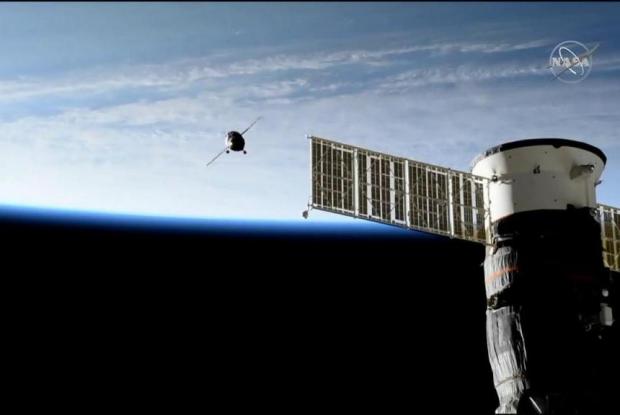
Breaking News
 This roof paint blocks 97% of sunlight and pulls water from the air
This roof paint blocks 97% of sunlight and pulls water from the air
 'Venomous' Republican split over Israel hits new low as fiery feud reaches White House
'Venomous' Republican split over Israel hits new low as fiery feud reaches White House
 Disease-ridden monkey that escaped from research facility shot dead by vigilante mom protecting...
Disease-ridden monkey that escaped from research facility shot dead by vigilante mom protecting...
 Hooters returns - founders say survival hinges on uniform change after buying chain...
Hooters returns - founders say survival hinges on uniform change after buying chain...
Top Tech News
 The 6 Best LLM Tools To Run Models Locally
The 6 Best LLM Tools To Run Models Locally
 Testing My First Sodium-Ion Solar Battery
Testing My First Sodium-Ion Solar Battery
 A man once paralyzed from the waist down now stands on his own, not with machines or wires,...
A man once paralyzed from the waist down now stands on his own, not with machines or wires,...
 Review: Thumb-sized thermal camera turns your phone into a smart tool
Review: Thumb-sized thermal camera turns your phone into a smart tool
 Army To Bring Nuclear Microreactors To Its Bases By 2028
Army To Bring Nuclear Microreactors To Its Bases By 2028
 Nissan Says It's On Track For Solid-State Batteries That Double EV Range By 2028
Nissan Says It's On Track For Solid-State Batteries That Double EV Range By 2028
 Carbon based computers that run on iron
Carbon based computers that run on iron
 Russia flies strategic cruise missile propelled by a nuclear engine
Russia flies strategic cruise missile propelled by a nuclear engine
 100% Free AC & Heat from SOLAR! Airspool Mini Split AC from Santan Solar | Unboxing & Install
100% Free AC & Heat from SOLAR! Airspool Mini Split AC from Santan Solar | Unboxing & Install
 Engineers Discovered the Spectacular Secret to Making 17x Stronger Cement
Engineers Discovered the Spectacular Secret to Making 17x Stronger Cement
Unmanned spacecraft successfully docks at space station on second try

The spacecraft attached to ISS at 11:08 p.m. ET on Monday, as the space station passed 250 miles above Eastern Mongolia.
The first attempt at docking happened on Monday, but the effort had to be aborted after the Kurs' automated rendezvous system experienced a technical glitch.
To ensure the second attempt would be a success, Expedition 60 crew members relocated the Soyuz MS-13 spacecraft on Sunday night.
Russian cosmonaut Alexander Skvortsov piloted the MS-13 capsule during Sunday night's maneuver. He was accompanied by Luca Parmitano and Andrew Morgan. After backing away from the Zvezda port, Skvortsov flew the spacecraft around ISS to approach the Poisk docking port from above.
As the unmanned spacecraft waited to make its second docking attempt, it trailed ISS at a distance of 160 miles. On Monday night, the probe, which is carrying a Russian humanoid robot named Fedor, fired its engines and slowly made its way toward the space station.



